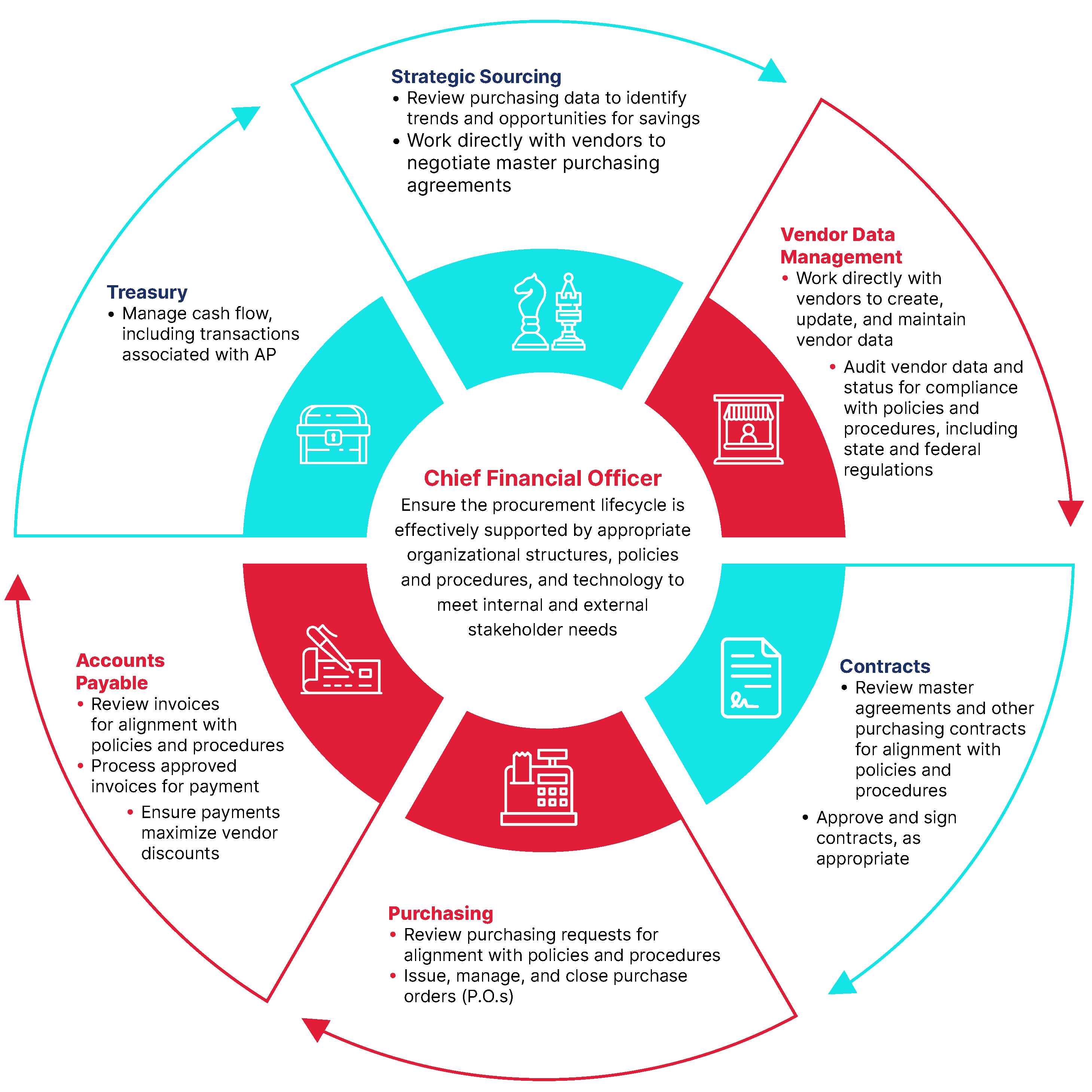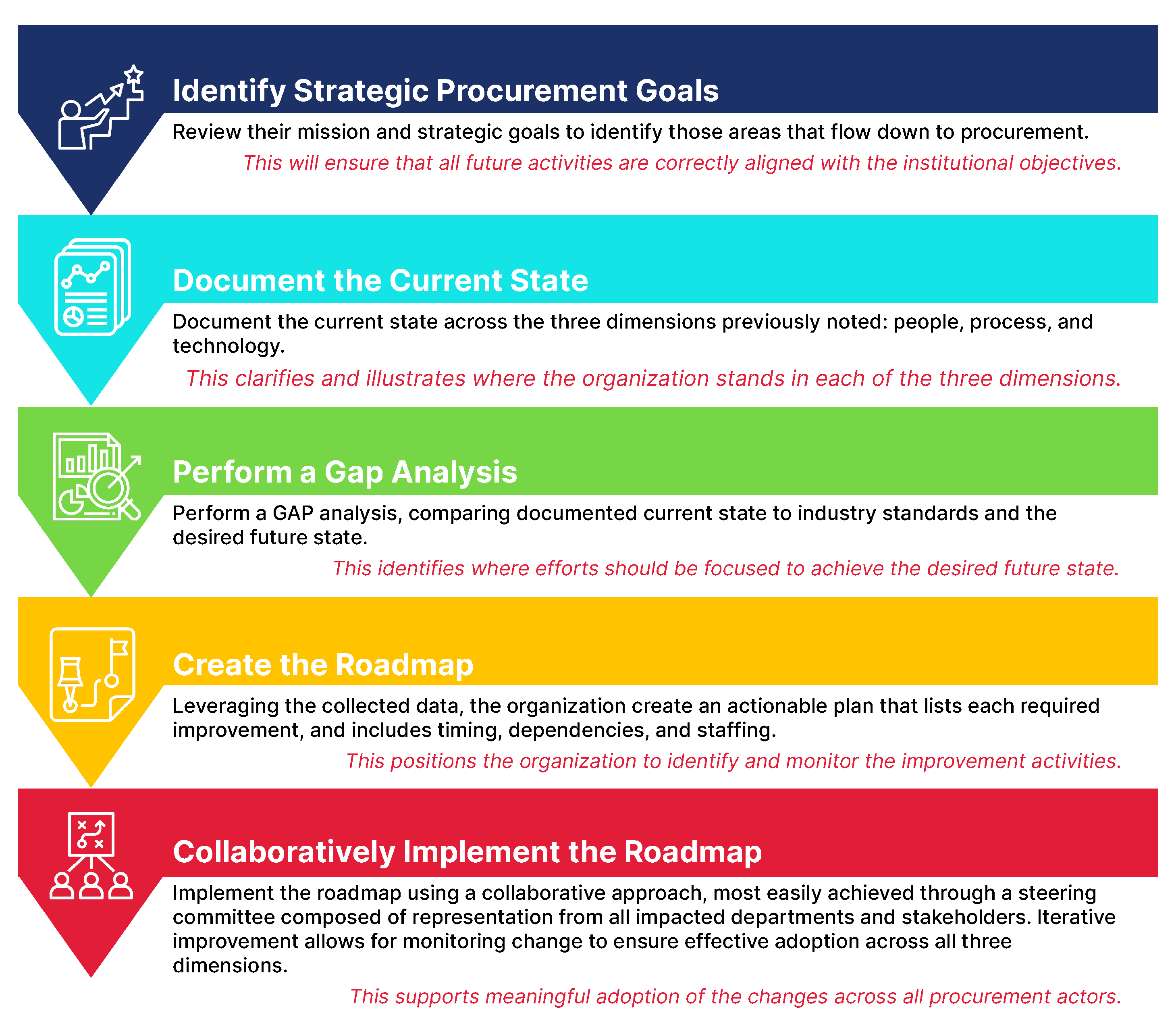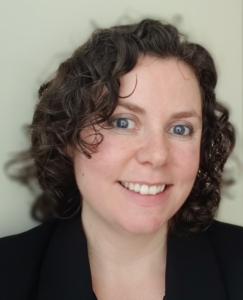When structured efficiently, the procurement lifecycle can be leveraged to improve cashflow, minimize operational expenses, and maintain positive customer relations. Unfortunately, procurement activities often reflect historical decisions rather than current business needs. This results in a high cost of service, frustration, and missed opportunities for institutional savings.
The following operational symptoms are indicators that procurement operations should be assessed for potential improvements:
- Manual Processing of purchase orders and invoices
- Lack of standardizing staff training
- High invoice exception rate
- Lack of reporting and analysis of internal teams and supplier performance
- Long average time for invoices, including delayed approval times (>9 days)
- Poor sourcing methods (Not sourcing for the best quality and competitively priced goods/services; Not realizing supplier incentives such as discounts/rebates)
The root cause of these inefficiencies can be attributed to a lack of collaboration and synergy between the key players. These departments go by many names depending on the organization but represent the activities of the procure-to-pay actors vendor data management, purchasing, and accounts payable as well as their peers in strategic sourcing and contracts. In some organizations, it can also include treasury.

To identify the root causes, organizations should assess their procurement activities based on three factors: people, process, and technology. Reviewing the people, or organizational structure, will ensure that the various departments are best positioned to effectively collaborate and execute on their mission. Examining processes will ensure that the correct flow is in place to allow for efficient administration. Lastly, evaluating technology can identify redundant systems, underutilized functionality, and/or gaps that may limit an effective lifecycle. Combined, these three factors can be concurrently assessed to reduce operating costs, enhance vendor relations, and augment cash management.
Once the assessment is complete, the organization should transition the results into an actionable plan. This document serves as a “roadmap” to resolve the identified issues and guide all future actions. Implementing the defined solutions will require a collaborative approach to ensure synergy, a readiness to put the plan into action, and mechanisms to effectively monitor and support the improvements. Attain Partners has effectively used this methodology with previous clients to significantly improve AP processing time, capture vendor discounts, and improve cash flow. Please see the graphic below for more information.

For more information or to speak with one of our experts, please contact us here.
About the Authors

Melany Barrett is a Senior Consultant in the Management Consulting practice of Attain Partners. With over 8 years of experience in Higher Education, she has a demonstrated knowledge in business process improvement, project management, research administration, and faculty affairs administration. Prior to Attain Partners, Ms. Barrett supported Higher Education administration and strategic initiatives as a member of an internal consulting team. She is a Prosci® Certified Change Management Practitioner with knowledge and training in the field and holds an MBA from the Georgetown University’s McDonough School of Business.
Jessica Lee is an Analyst at Attain Partners with prior experience in recruiting services. She is currently supporting both organizational change and project management efforts for Higher Education Clients and is a Prosci® Certified Change Management Practitioner. Jessica brings with her a strong attention to detail and is committed to achieving best results.

Diane Scott is a Senior Consultant at Attain Partners and possesses over twelve years of experience supporting Higher Education. She is a process improvement professional with a demonstrated history of management consulting and client relationship management. Her detailed understanding of university business helps her support client needs related to strategy, business process improvement, and change management. She holds an MBA from the Georgetown-McDonough School of Business, is a certified research administrator (CRA), and is a Prosci® Certified Change Management Practitioner.










